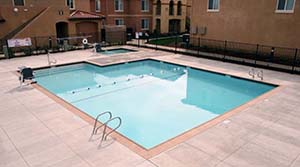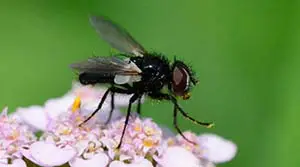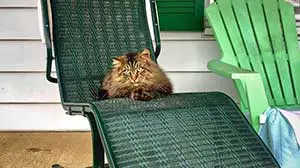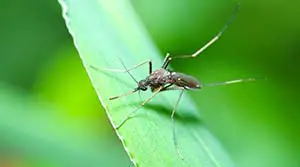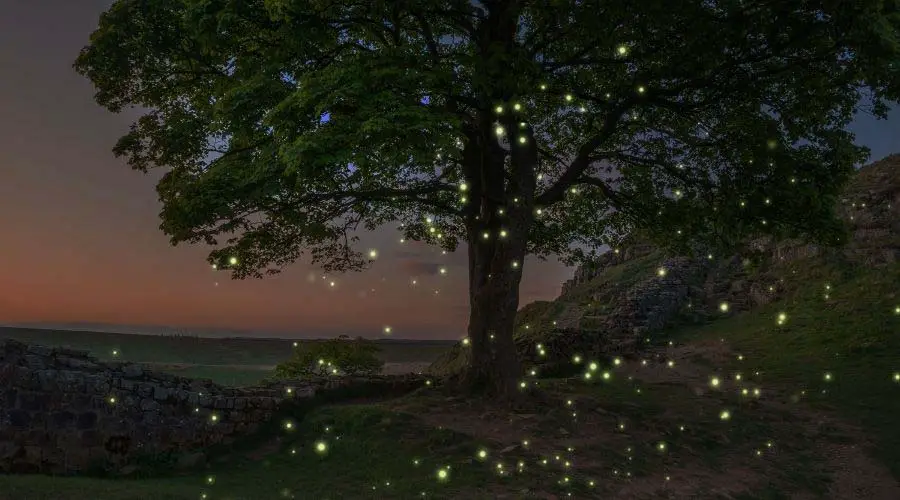
Lightning bugs are an excellent addition to any yard if for no other reason than their beautiful glow, which enhances the overall look of your outdoor space.
You can attract fireflies and lightning bugs to your yard if you want them around. But it would help if you first made your outdoor space a friendly environment for them to stay.
Below are some of the things you could do to attract fireflies to your yard.
- Plant the correct type of vegetation
- Create water features
- Provide food for the fireflies
- Use a more organic approach to maintaining your yard
- Start storing wood or leave out some logs
- Install the right kind of lighting
- Improve soil moisture
This article discusses other benefits that come with increasing a firefly population and the strategies you can use to attract them to your yard.
Interesting Facts About Fireflies or Lightning bugs
There is more to fireflies than the fact that they glow. Understanding what these insects are all about may help you find better ways of bringing them into your yard.
Here are some interesting facts about fireflies or lightning bugs.
- All fireflies are neither bugs nor flies. In reality, they are soft-bodied beetles.
- Fireflies are unattractive to predators because they produce blood that tastes bitter and may be poisonous to some of their enemies when under attack.
- Firefly adults have a short lifespan of about one month. However, their larvae can stay alive for one or two years. While the former stay without eating or limit their eating to pollen nectar, and other fireflies, the larvae can stay underwater or underground and eat snails and slugs. The latter also eat worms.
- Lightning bugs come in over 2,000 species that are found all around the world except in Antarctica.
- Fireflies produce a cold light, which does not have any ultraviolet or infrared frequencies of any kind. Fireflies are very efficient at making this light as well.
- The firefly glow is used for scaring predators in young firefly larvae and for communication and mating purposes in adult fireflies.
- Some species of fireflies tend to synchronize their flashing light patterns. It is such a spectacle that the Great Smoky Mountains National Park organizes an annual firefly viewing event.
- Some species of lightning bugs are diurnal (active during the daytime), while others are active during the nighttime. However, it is the latter that tends to produce light.
- Different firefly species create different colors of light.
- The enzyme luciferase is partly responsible for the production of firefly glow which originates from their abdomen. Scientists used to harvest the enzyme from fireflies before learning how to create it artificially.
- Fireflies thrive in areas with plenty of water because they provide food and habitat for them.
- Light pollution and human development are some of the reasons why firefly populations are decreasing by the day.
Why Should You Attract Fireflies to Your Yard?
Before you try to attract fireflies to your yard, you should learn why it is worth doing so that knowledge will benefit you when you encounter challenges in your quest to improve lighting bug populations within your outdoor space.
The following are reasons you should make an effort to make a firefly habitat in your yard.
1. Lightning Bugs Enhance Your Outdoor Ambiance
The glow of numerous fireflies is a sight to behold, which is why some parks hold annual firefly viewing events.
Different lightning bugs produce different colors. Some lightning bugs glow red or yellow, while others create green light, And when these bugs put on such a light show, it is magical. You will enjoy a different outdoor ambiance courtesy of Mother Nature for a short time.
2. Fireflies Eat Some Garden Pests
Firefly larvae are carnivorous animals. They usually inject a numbing agent into the bodies of their prey, consisting of slugs, snails, and worms. In addition, the larvae can also eat small insects and their larvae.
Generally, slugs, snails, and some types of worms are garden pests. These pests will attack your plants and eat your vegetables. So, anything that strikes these garden pests is an asset to your yard, making fireflies a welcome addition to your property.
3. Lightning Bugs May Improve Pollination
Some adult fireflies do not eat. However, others feed on pollen and nectar, which is good news for any avid gardener.
Since adult fireflies will fly from one plant to another feeding on pollen, they will likely help fertilize the flowering plants in your yard. So, that makes these beetles pollinators, And that will help improve the overall health of your yard.
4. You Will Be Helping Save Firefly Populations
If you grew up watching firefly light shows, you have probably noticed a reduction in the number of these shows, which is not a coincidence.
Research shows that firefly populations are rapidly declining. Part of the problem is human developments encroaching on natural firefly habitats, where you come in.
As a member of the human population that is negatively affecting the people of fireflies, you can do your part by creating a habitat for them in your yard.
Doing so will enable them to breed in more significant numbers and thus, help save these species of beetles from dying out.
5. Fireflies Are Harmless Creatures
Some animals are a nuisance. Not only do they bite or carry diseases, but they also destroy your yard and make life in the outdoors unbearable. However, that is not the case with fireflies.
Generally, fireflies are harmless. They do not bite, spread diseases, or attack your plants. Fireflies are not poisonous to humans or pets so long as you do not feed on them.
If anything, they mind their own business, help you get rid of garden pests, pollinate some of your plants, and put on a light show when in the mood. What’s not to like about that?
How Do You Make a Firefly Habitat? (7 Helpful Tips)
Now that you know more about fireflies and their benefits to your yard, it would help create a habitat for them And when doing so, use many strategies to ensure the lightning bugs feel at home in your new home.
1. Plant the Correct Type of Vegetation
To attract lightning bugs in your yard, you should plant the right kind of vegetation.
A firefly’s natural habitat consists predominantly of marshes, meadows, and forests. While you may not be able to replicate an entire forest, you can provide a yard that mimics the lightning bug’s natural surroundings.
If there are native pine species in your locale, please plant them. Fireflies favor these trees because their thick canopies reduce the amount of artificial light that gets through and affects their mating negatively. Also, their needles provide a place for the lighting bug larvae to develop.
If there are no native pine species, opt for other tree species that create shade, provide thick canopies, and create a food-rich habitat. These include;
- Sycamore
- Live oak
- Ash trees and others.
You should also plant grass around your yard and let it grow long as it would be in meadows. According to the National Gardening Association, you should leave a perimeter of shrubs or tall grass if you want to attract fireflies.
The vegetation will allow female lightning bugs to rest on them more often as they await signals from the male fireflies that fly.
Flowering plants are vegetation you should include. Not only do they help mimic the look of a meadow, but they also provide food for fireflies. However, it would be best to aim for flowering plants that produce pollen and nectar.
And if your yard is in a wetland, you may want to include reeds, rushes, and grasses that thrive in such environments. By doing so, you would provide a wetland environment that is excellent for some firefly species.

2. Create Water Features
If you designed your yard to have excellent drainage, fireflies would not find it a comfortable place to stay in. That is because they like warm and humid climates, so they thrive in wetland habitats.
So, you would need to create water features to provide the moisture, marsh, or standing water they tend to thrive in.
However, when you create water features, consider your home’s curb appeal. The water feature section should improve the overall appearance of your property so its value increases.
One way to provide water is by installing birdbaths or fountains. You can also design a pond, and if you have yard sections with depressions, plant rain gardens in those areas rather than improving drainage. Also, swales could be an excellent addition to your landscape, significantly if it slopes.

3. Provide Food for the Fireflies
Pollen and nectar are the primary food sources for adult fireflies that eat and do not practice cannibalism. So, you should grow flowering plants that provide these sources of food.
But the needs of firefly larvae are also crucial. So, you should also consider plants that provide a comfortable place for firefly females to lay eggs. The plants in question improve soil moisture and enable snails and slugs to hide.
Some of the plants you can grow in your yard include:
- Deer grass
- Eastern gamagrass
- Cardinal flower
- Frogfruit
- Dewberry
- Morning glory
- American elder
- Queen Anne’s lace
- Bishop’s flower
- Fennel
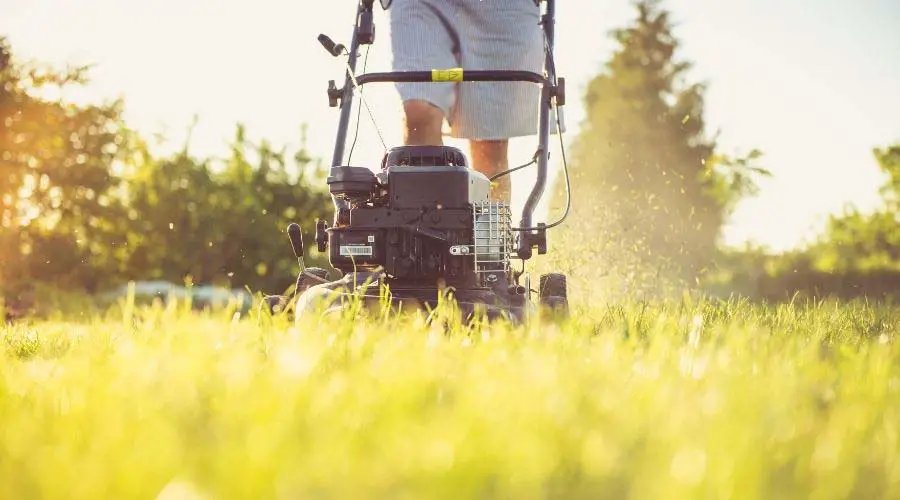
4. Use a More Organic Approach to Maintaining Your Yard
What you use to maintain your garden or lawn is crucial to attracting lightning bugs. If you use any pesticide, you are unlikely to attract these beetles in your yard because it threatens their very existence.
Studies show that many chemicals used as pesticides tend to be toxic to firefly food, such as worms.
In addition, water-soluble chemicals of that nature, which are also present in fertilizers, usually affect some flowering plants, which absorb them. When bees and other organisms, such as fireflies consume the plant nectar, they are also negatively affected.
For the above reasons, you need to embrace a more organic way of maintaining your yard if you want lightning bugs in it. So, you can start by avoiding artificial fertilizers and harmful pesticides. Instead of killing your plants or grass, mow it in moderation.
Another approach is to make compost instead. The organic matter is eco-friendly and safe for fireflies. Also, it provides food for worms, slugs, and snails, which eat the decaying matter and help with its breakdown.
Since firefly larvae prey on these animals, they are more likely to thrive within the compost area and its vicinity.
If you are worried about other kinds of garden pests, you can find ways of attracting ladybugs. Also, you could grow companion plants like marigold and borage to improve pollination and pest control.
You can make natural pesticides with ingredients like hot pepper, diatomaceous earth, and vinegar and spray or apply them on your plants and lawn.

5. Start Storing Wood or Leave out Some Logs
Did you know that some firefly species tend to lay eggs in rotting logs? It is where their larvae and pupae will then develop.
For those reasons, you may want to leave out some decaying logs in your yard or start storing stacks of wood for your fireplace or stove.
If you are worried about snakes around your home, a cat could help you with that. Alternatively, you can stack wood or leave a rotting log or two at the edge of your yard.

6. Install the Right Kind of Lighting
You would be amazed at artificial light’s impact on animal and human behavior. Not only does it affect sleep, but it also affects breeding patterns. So, it’s safe to say that fireflies and other insects are not immune from these effects.
Studies show that firefly mating habits are affected by artificial lights because their glow is used to attract and identify mating partners.
However, in artificial lights, lightning bugs are more disoriented and generally less visible and attractive to each other So, mating occurs at higher rates in total darkness or when lights are dim.
Therefore, if you want to attract fireflies in your yard, you need to install the correct kind of lighting.
Eliminate Outdoor Lighting
It would be best if you eliminated outdoor lighting. There is a reason why fireflies are easily found in heavily wooded and dark areas like huge farms and national parks. These places are far from artificial light sources that are not practical.
Provide Dim Lights
So, the next best thing is to dim the lights. Such lights allow fireflies to put on light shows and still make an impression on each other.
So, make dimmer switches and light filters your friend. Also, use heavy curtains to prevent indoor lighting from spilling out into your outdoor space.
Motion-sensor Lights
You could also install motion-sensitive lighting. These lights will only light up when someone is nearby and needs to use them And for the rest of the time, there would be darkness, which is ideal for firefly mating.
It is also worth noting that the color of your lighting is essential to attract fireflies. Red and blue lighting have minimal effect on lightning bugs.
Cool & Warm White or Amber Lights
On the other hand, cool and warm white lights and amber lights are pretty disruptive to fireflies, making them a poor choice in your property.
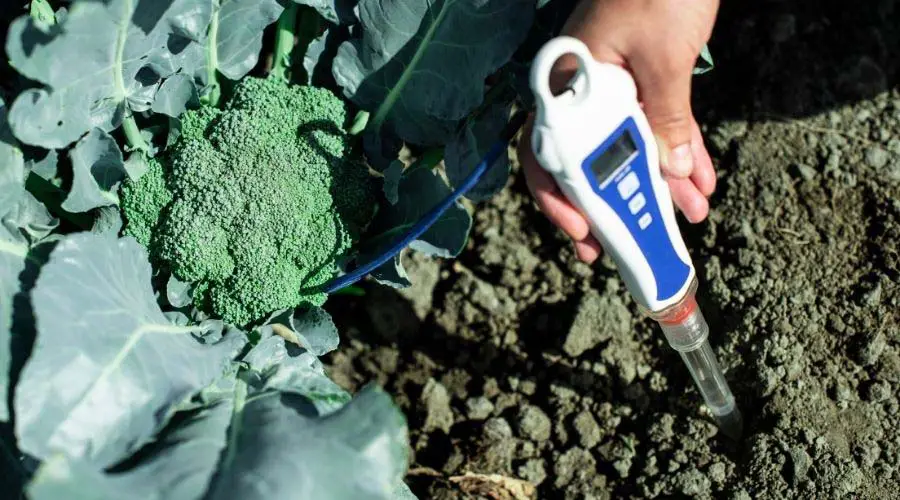
7. Improve Soil Moisture
You are less likely to have fireflies in dry soils than in wet soils. Remember, these beetles find the latter attractive and use the ground to lay eggs, develop into adults, and find food in the meantime. So, you must do your best to improve soil moisture in your yard.
Mow Your Lawn Less Often
For starters, you can reduce the rate you mow your lawn. There should be enough grass to provide some ground cover for your soil.
Get Some Rainwater
It would also help redirect some of your rainwater around the yard instead of forcing it all to drain away farther from your property.
Creating dry stream beds and planting river gardens are some of the ways you could encourage plant growth and improve soil moisture while keeping drainage issues under control.
Dig Swales or Recharge Ponds
In addition, you can dig swales and create features like recharge ponds or dams to improve the groundwater table. Doing so will help improve soil moisture from beneath the ground. Growing native plants is also an intelligent strategy since they consume less water and thus, aid in moisturizing the soil.
Plant Ground Crops or Leaf Litter
Another way to add moisture to the soil is to plant ground cover crops that cover the ground and reduce water evaporation. They include:
- Buckwheat
- Clovers
- Ryegrass
- Peas
- Soybeans
- Fava beans
Leafy litter is another option you should consider. Fireflies tend to use green debris as a habitat for their eggs and larvae.
So, you may want to gather all of it and use it as mulch, which you can water when the need arises. That way, it will improve soil moisture while allowing lightning bugs to develop comfortably.
How Do You Catch Fireflies?
You can catch fireflies safely in your yard for your enjoyment using a net, But when you put them in a container, there should be damp air in it for the beetles to survive.
It would be best to avoid piercing holes in the jar where you put them because the air will dry out. However, in such containers, fireflies can survive for only a day.
After that, you must open the jar, blow air through it, place a moist paper towel and bits of grass, and store it near natural light sources. Alternatively, insert an apple slice. You can keep the fireflies for about two or more days if you do that.
It would be best to let them free to enjoy their short life as adult beetles before they die. So, when releasing them, opt for a humid and shaded area but do so when it is dark.
Final Thoughts
Rapid development is partly responsible for the reduction in firefly populations. By bringing them into your yard, you can undo some of the negative impacts human activities have caused on these beautiful beetles.
However, it will take some effort to create an excellent firefly habitat. So, that is something you should prepare for, But if you are successful, the annual light shows the lightning bugs put on for you will be worth it.
Sources




